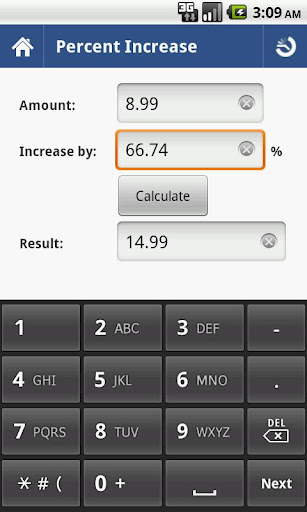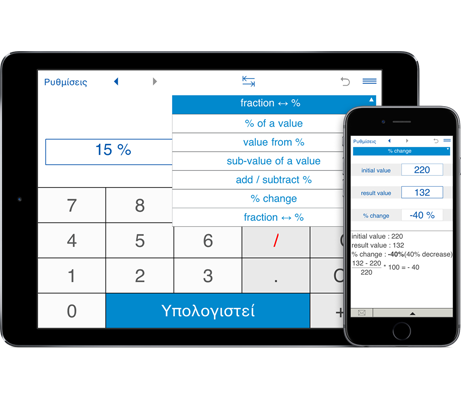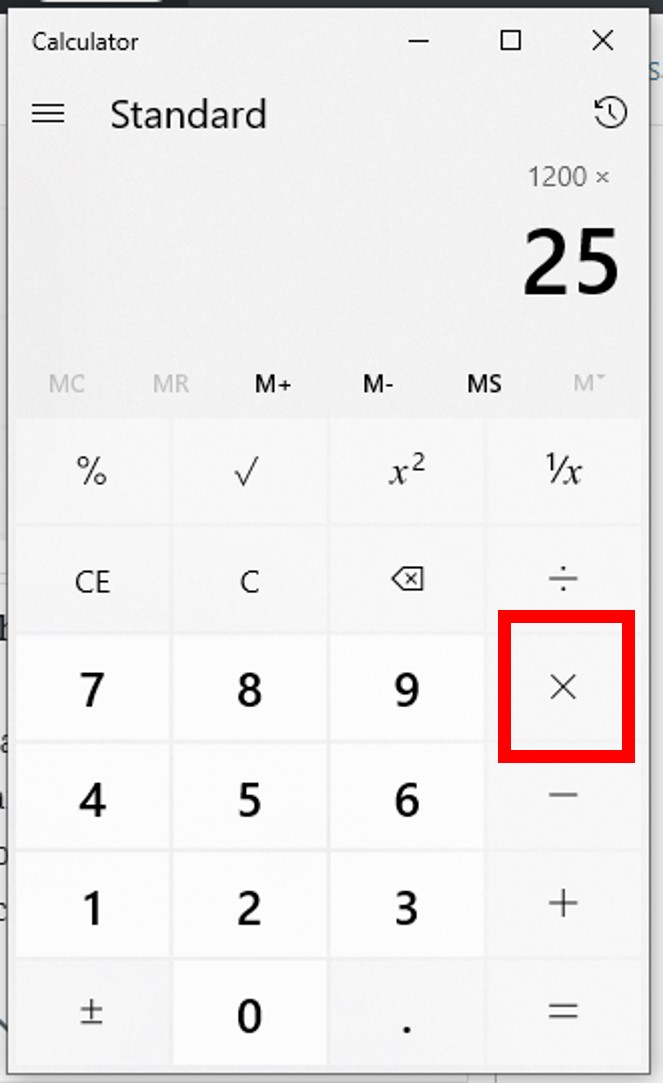Use the tool below to convert odds between American, decimal, fractional and percentage formats.
Now the calculation for 'plus' moneyline odds, we make the following calculation: 100 divided by (plus moneyline odds + 100) So let's use our example of moneyline odds offer of +180 Multiplied then by 100, we get the implied probability percentage of 35.7%. Moneyline Odds Calculator. Convert the amount wagered and the odds into possible winnings. Works in reverse too. Enter the amount you want to win and the odds to see the amount you need to wager. Use American odds -110, +110, etc.
Betting Odds Explained

American Odds – American Odds are the default odds format at most US friendly betting sites as well as Nevada sports books. Here odds are expressed as either a negative or a positive number. When positive the odds represent how much a player will profit on a successful $100.00 wager. So for example if the odds are +180 a successful $100 bet will return $280 (the $100 stake + $180.00 win). When the odds are negative they represent how much a bettor must stake to win $100. Therefore $150 staked at -150 returns $250.00 (the $150 stake + $100 win).
Decimal Odds – Decimal Odds, also referred to as European Odds, are used in most European countries and are the default option of many Asian bookies as well. This is the easiest odds format to understand as the odds represent how much a 1 unit wager returns. For example a €1 wager at odds 1.91 returns €1.91. This return includes both your stake plus profit; to calculate how much your return will be simply multiple your stake by the given odds.
Fractional Odds – Fractional Odds are used in the UK and Ireland. Here the first number is the amount to be won, and the second number is the stake. So for examples 4/1 is stake 1 to win 4, and 10/11 is stake 11 to win 10. To calculate how much a winning bet will profit, convert the fraction to a decimal and multiply it by the stake. For example 3/2=1.5, so, if wagering at 3/2 a successful bet will return 1.5 times your stake in winnings and will also return your stake.
Moneyline To Win Percentage Chart

Implied Probability – Implied Probability is how often a bet must win to average break even. This is calculated as risk/return, so for example +200 in American format (3.00 European) is risk $100 to win $200 so a winning wager returns $300 ($100 stake + $200 win). Therefore the implied probability of +200 is $100/$300= 0.3333, which is 33.33%. For this reason you should only wager at +200 if you think the probability of winning is greater than 33.33%.
On the topic of odds, refer to our No-Vig Calculator for a better understanding of how betting odds work.
The Vig (short for vigorish) is the commission charged by the sportsbooks on a contest. Let’s say that the money line odds for the Philadelphia Phillies and New York Mets are -140 and +130 respectively. As we explained in other articles, this means that you would have to bet $140 to win $100 if you choose Philadelphia and risk $100 to win $130 with the Mets. The vig is $10 (the difference between $140 and $130).
But what is the sportsbook’s margin on the money line and why is it important to calculate the margin? It’s not difficult to calculate yourself when you know how.

Moneyline Odds Converter
Using the same example, we first must convert the money line (ML) into a 'percentage chance of winning' for each team. For favourites, that is the ML quote / (ML - 100), so Philadelphia should win -140 / (-140-100) = 58.33% of the time. For the underdog, the calculation is 100 / (ML +100), so the Mets should win 100 / (130+100) = 43.48% of the time. If you add these two percentages together you get a figure of 101.81%. That extra 1.81% represents the bookie's hold or vigorish.
There is also an easier way to find this out by using Pinnacle Sports’ Multi-Way Calculator. Go to the calculator, select money lines, and enter -140 and +130. The calculator will tell you that the “percent market” is 101.81% and the 'theoretical hold' for the sportsbook (assuming balanced action in proportion to the odds) is 1.78%. This is also available for decimal odds and fractional prices.
Another sportsbook may offer a different set of odds such as -140 and +130. The margin on this set of odds is 103.79% with a hold of 3.65%. This margin is more than twice as large as the first example, which means that $100 bettors would make $10 more in the first example.

It just doesn’t make sense to pay more for the vig to the sportsbooks so make sure you shop around for the best odds. You may be surprised at the deals out there!
